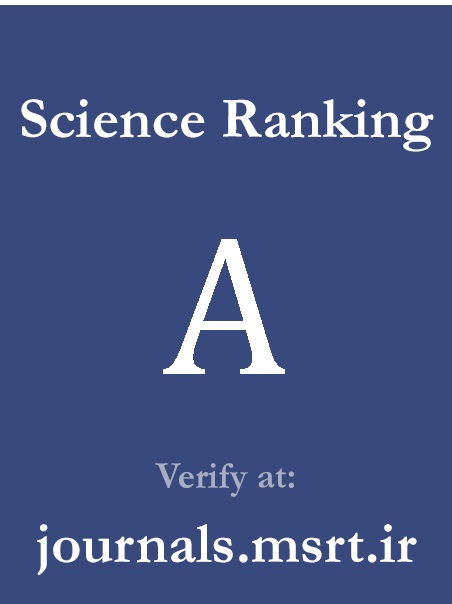Comparison of the Effectiveness of Mindfulness Training and Working Memory on Academic Self-Regulation in Female Secondary School Students in Bojnord
Keywords:
mindfulness training, working memory training, academic self-regulation, StudentsAbstract
Purpose: This study aimed to compare the effectiveness of mindfulness training and working memory on academic self-regulation in female secondary school students in Bojnord. Methods and Materials: This research was a quasi-experimental study with a pre-test, post-test, and follow-up design with a control group. The statistical population included all female secondary school students in the first stage (grades 7-9) in the academic year 2022-2023, with a total of 2000 students. From this population, using convenience sampling, 45 students who met the inclusion and exclusion criteria were randomly assigned into two experimental groups of 15 students and one control group of 15 students. First, all three groups were assessed using the Connell and Ryan (1987) Academic Self-Regulation Questionnaire (SRQ-A). Subsequently, mindfulness training and working memory training were conducted for the first and second experimental groups, respectively. The control group did not receive any intervention and was placed on a waiting list. After completing the intervention, all three groups were re-assessed in a post-test and a follow-up test conducted one month later. The collected data were analyzed using repeated measures analysis of covariance (ANCOVA) with SPSS-21 software. Findings: The research findings showed no significant difference in the effectiveness of mindfulness training and working memory training on academic self-regulation in female secondary school students (P>0.05). However, both mindfulness training and working memory training individually were effective in improving academic self-regulation in the students (P<0.05). Conclusion: The results suggest that both mindfulness training and working memory training are effective in reducing academic self-regulation in female students, with no significant difference in the level of effectiveness between the two interventions.










